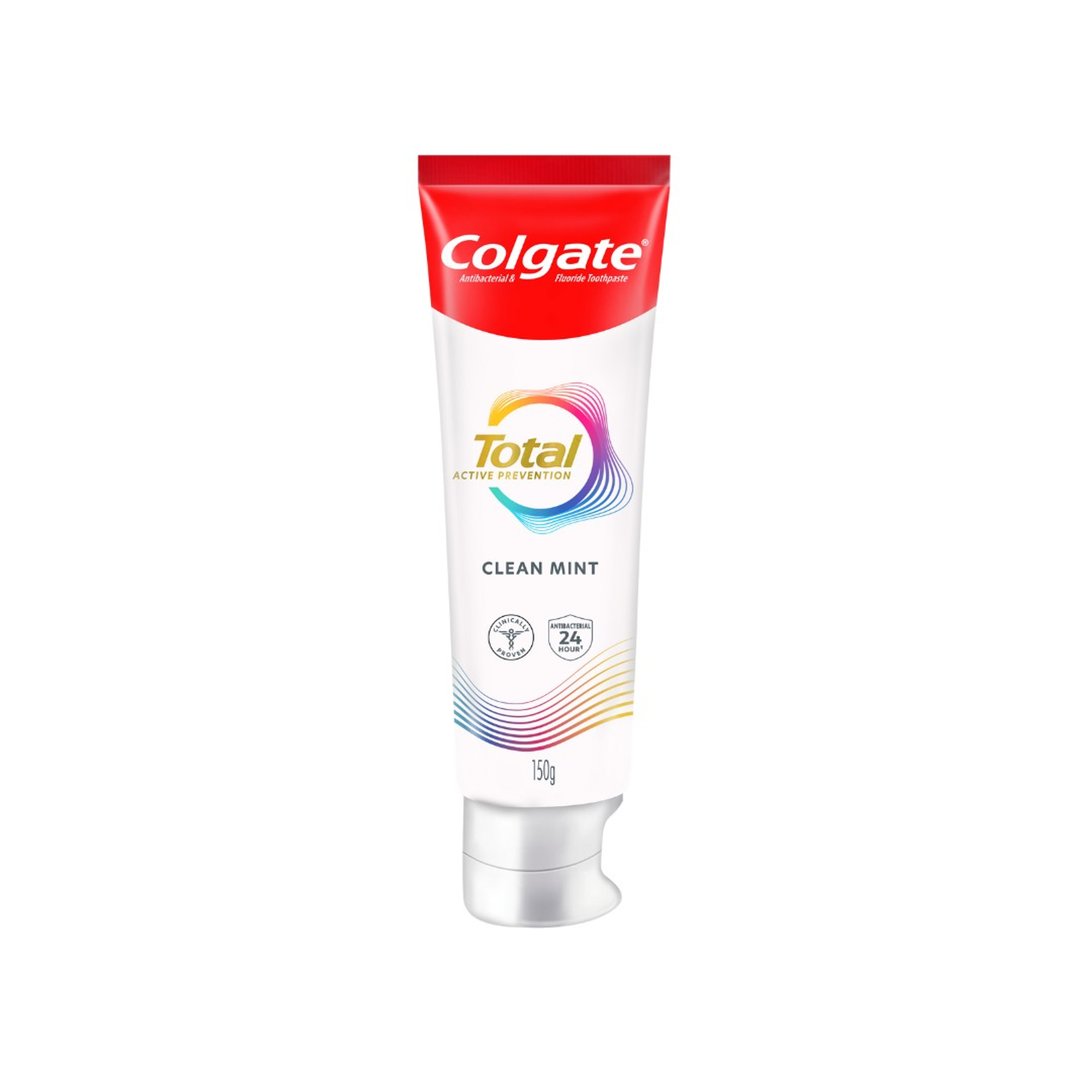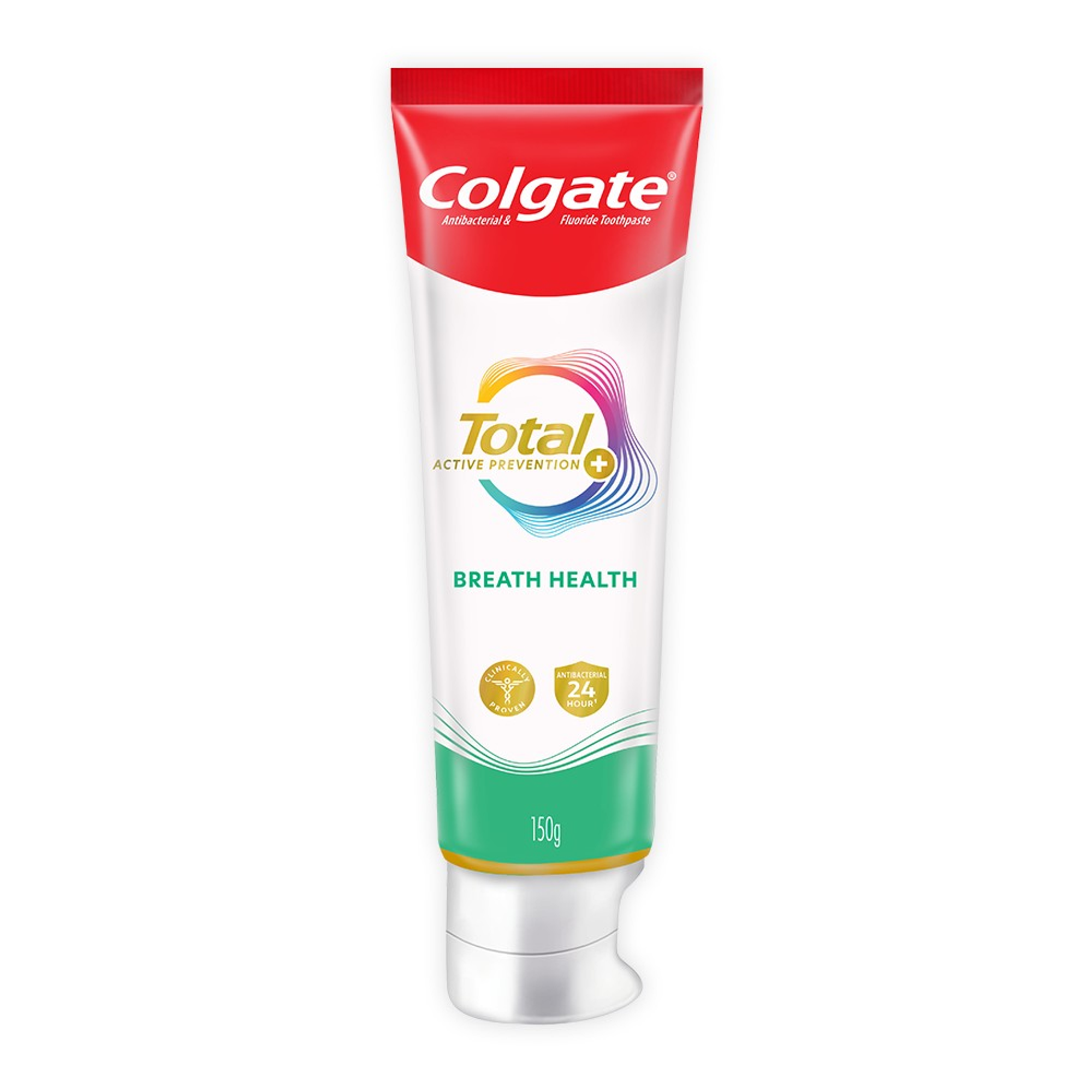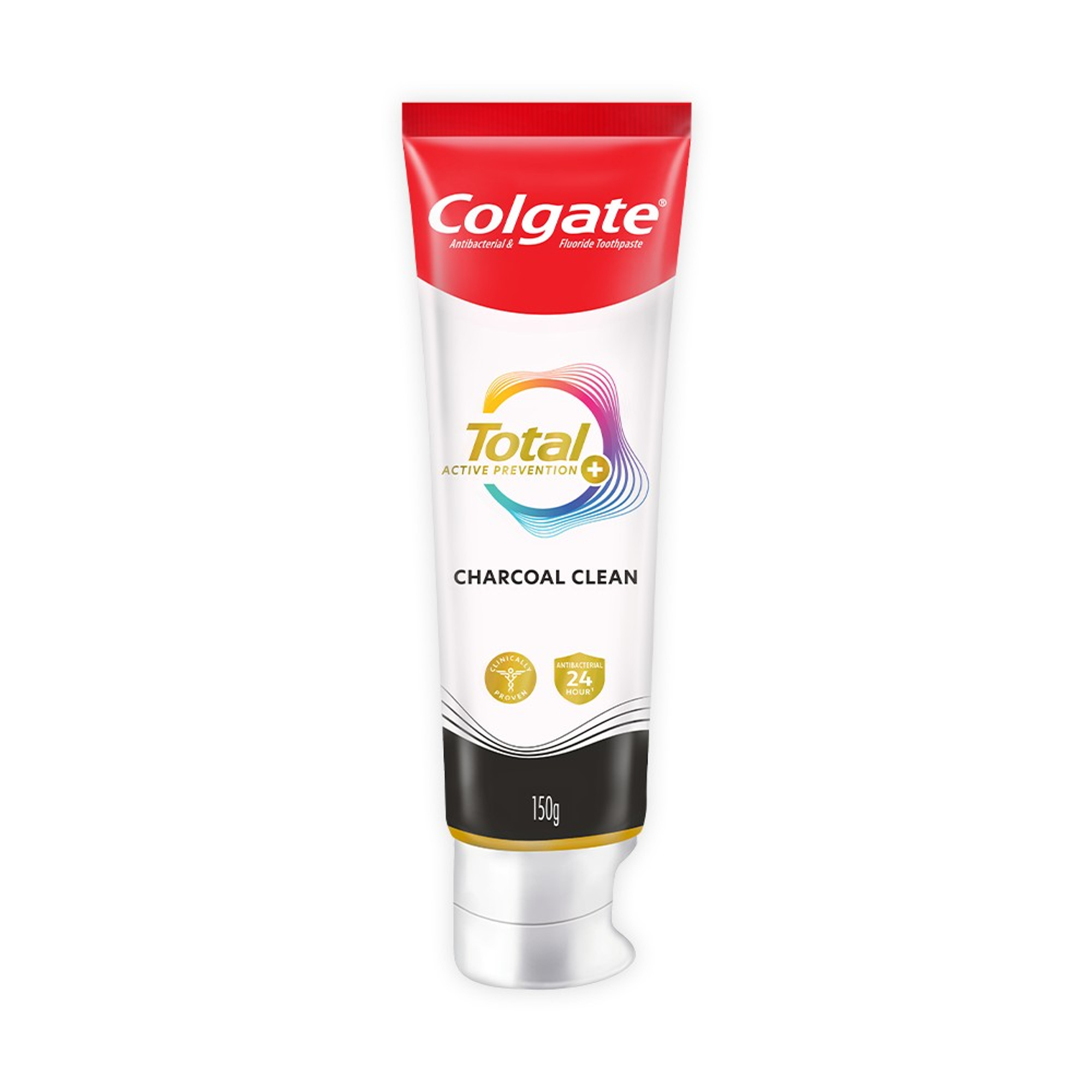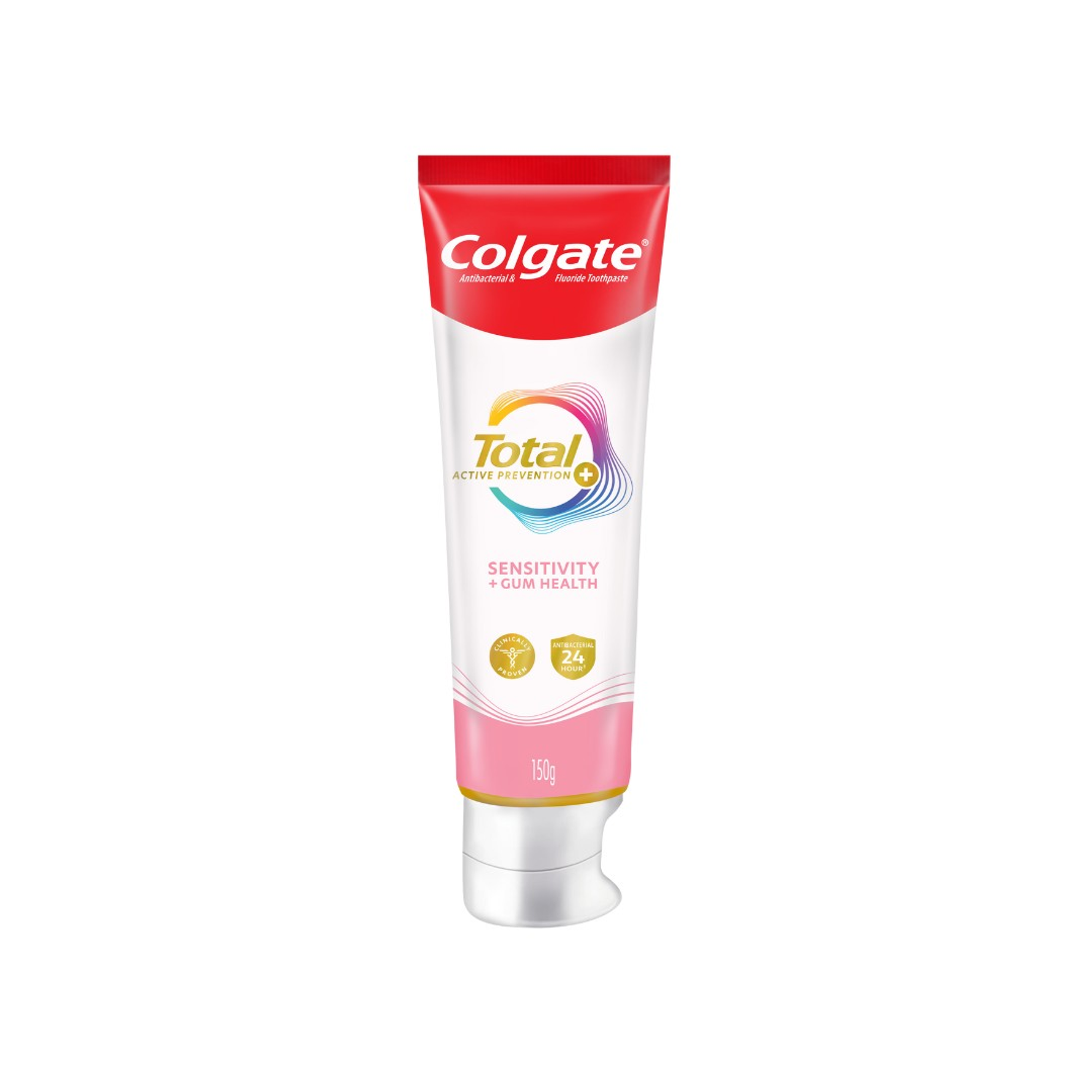-
-

ADULT ORTHODONTICS
Should You Use Mouthwash Before or After Brushing?Brushing and flossing are the foundation of a good oral hygiene routine, but mouthwash can also be a useful addition...

SELECTING DENTAL PRODUCTS
Soft Vs. Hard Toothbrush: Which One Should You Use?The toothbrush has come a long way. As the American Dental Association (ADA) notes...
-
Science & Innovation
- Oral Health and Dental Care | Colgate®
- Oral Health
- Cavity Prevention


What Are Pits and Fissures?
Pits and fissures are the deep grooves that make up the chewing surfaces of your teeth. These grooves are on both your premolars and molars, but a pit and fissure cavity is usually deeper on the molars than on the premolars.
How Do Pits and Fissures Form?
Although pits and fissures help you to chew, food can still get stuck in these grooves. Plaque, a bacterial film that forms on your teeth, can also accumulate here if not cleaned regularly. It's difficult to reach these areas with your toothbrush, so food and plaque can remain in place and often lead to cavity formation.
When the bacteria in your plaque feed on sugars from foods and drinks, it produces acids that attack your protective tooth enamel. Over time, your enamel wears down, and tooth decay can set in.
How Do You Prevent Pits and Fissures?
Pit and fissure cavity prevention starts at home. Make sure to brush your teeth twice a day for at least two minutes, especially after large or otherwise sugary meals. When you brush, pay attention to the surfaces of every tooth, including the chewing surfaces of your back teeth, where pits and fissures are most prevalent.
Your dental professional can also help you prevent pit and fissure cavities by curbing the initial decay. Alongside basic scaling when they scrape plaque and tartar off your teeth, your dentist or dental hygienist might also apply protective material known as a dental sealant to your premolars and molars. A dental sealant is a white or clear plastic coating that fills in your pits and fissures and prevents plaque and food from getting inside. This product is usually applied to children's teeth as soon as their permanent teeth erupt – between the ages of six and 12 – but it can also be used on adult teeth if your dentist determines that you need it.
How Do You Treat Pits and Fissures?
If the cavity reaches the dentin, your dentist will use dental restorations like fillings, composites, or crowns to repair the decay. Fillings and composites are used for smaller and medium decay areas, whereas crowns are used to repair more considerable tooth decay, compromising the tooth's structure itself.
Pit and fissure cavities may be harder to reach, but they are preventable with a good oral hygiene routine and the help of your dentist at 6-month cleaning appointments and check-ups.
Related Articles

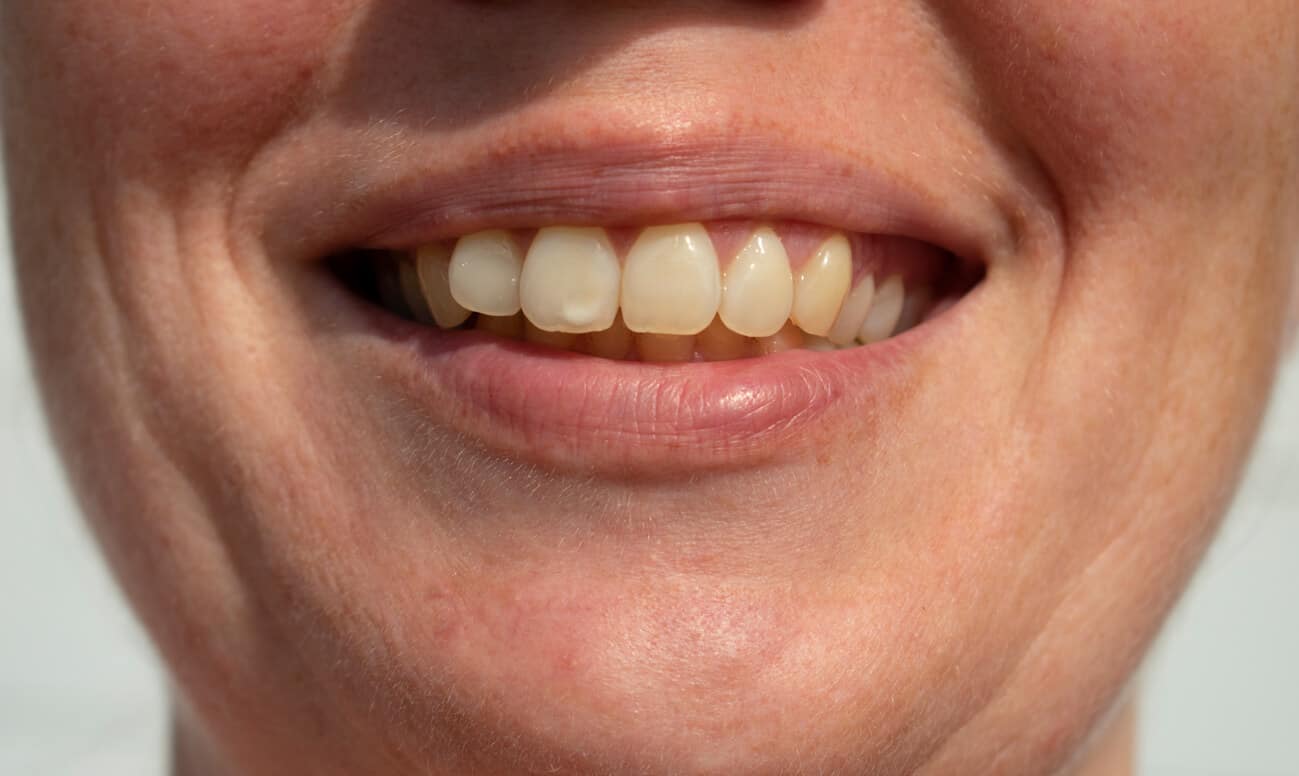
Incipient caries are the beginning stages of a cavity. Find out more about incipient caries and how you can stop them in their tracks and avoid the drill.

Once upon a time, dental patients believed a toothache was caused by a tooth worm eating away their tooth from the inside out. Do tooth worms really exist?
Related Products

Helping dental professionals
More professionals across the world trust Colgate. Find resources, products, and information to give your patients a healthier future




